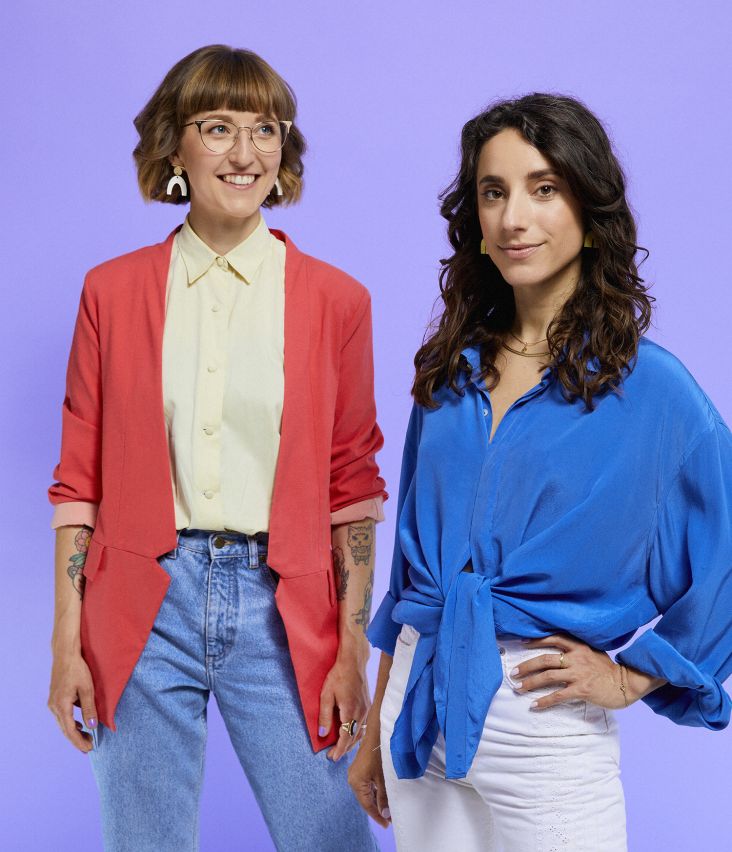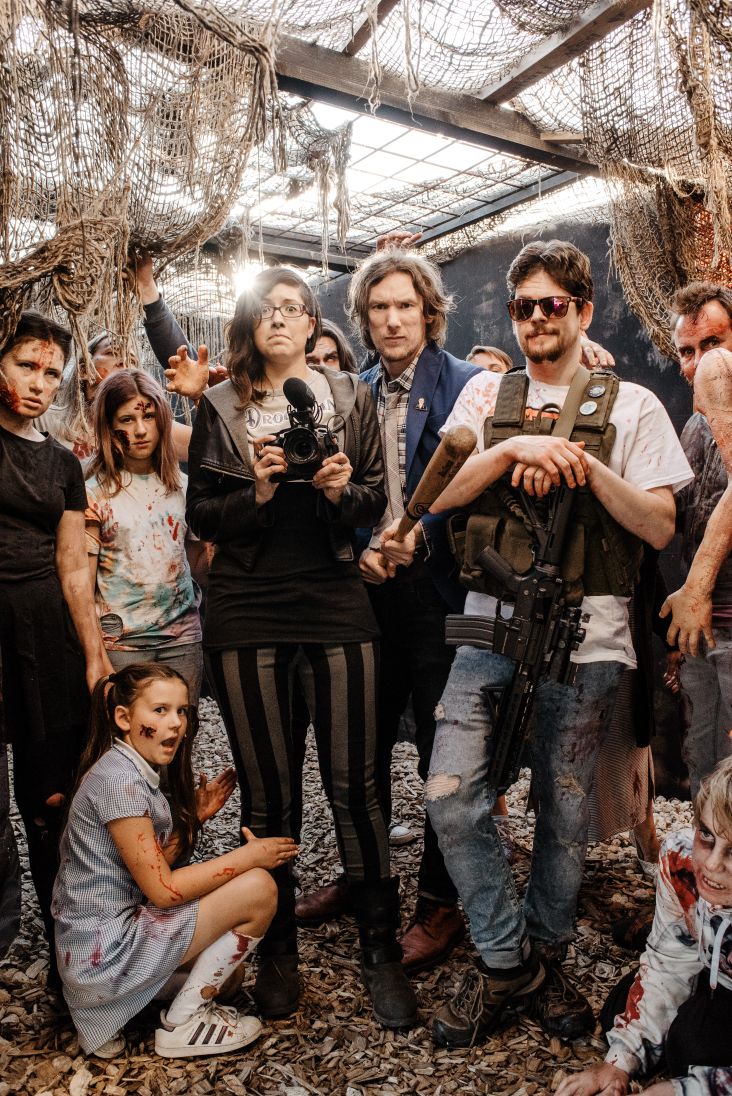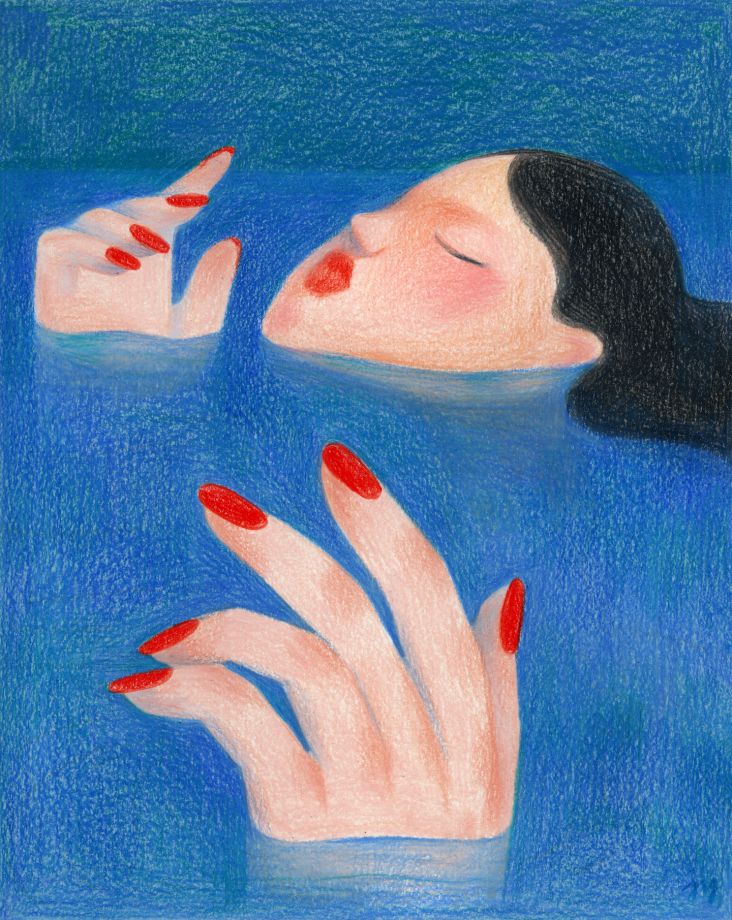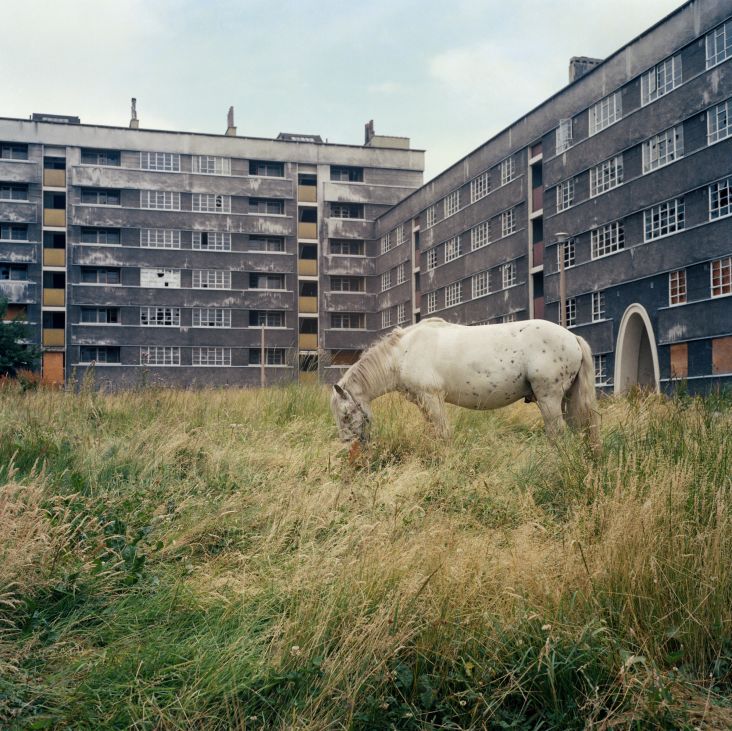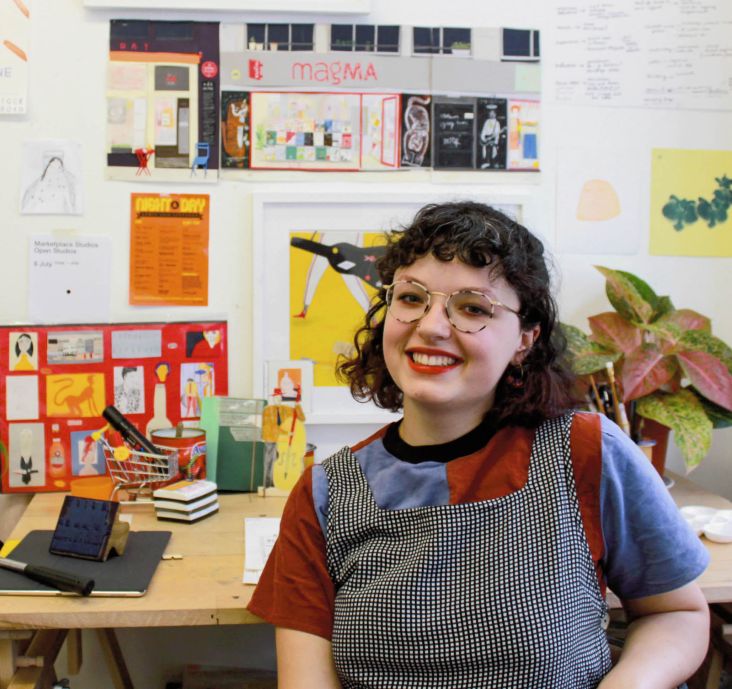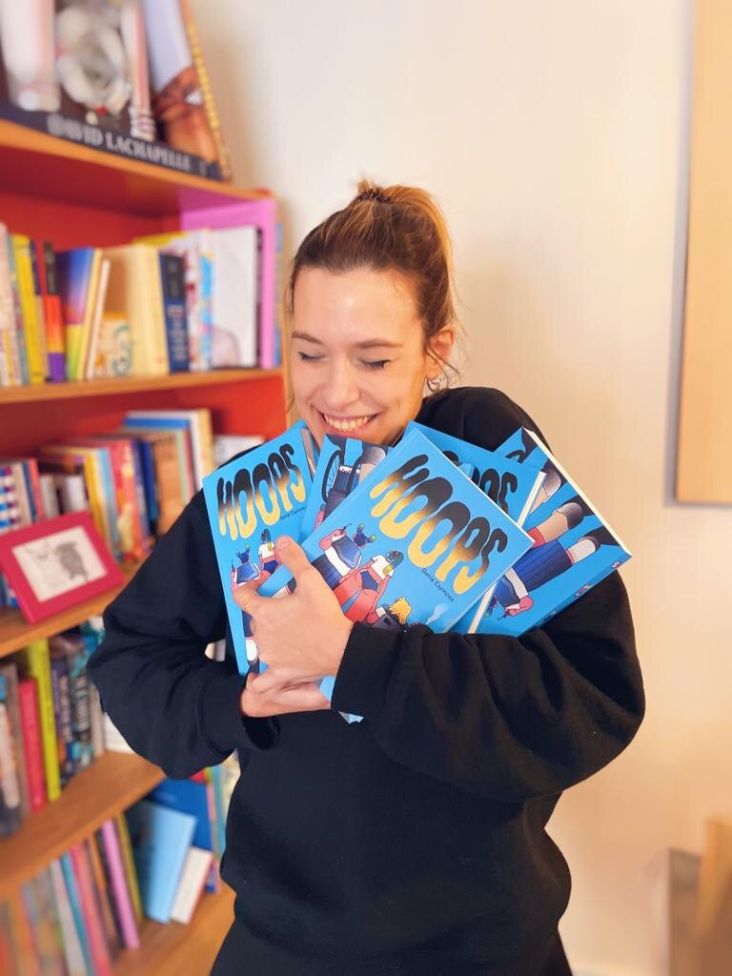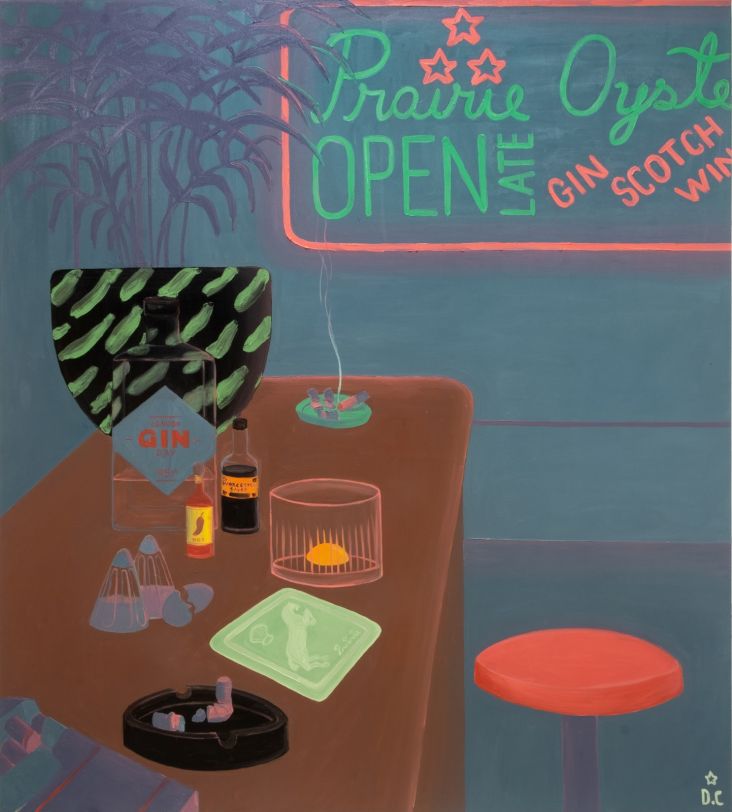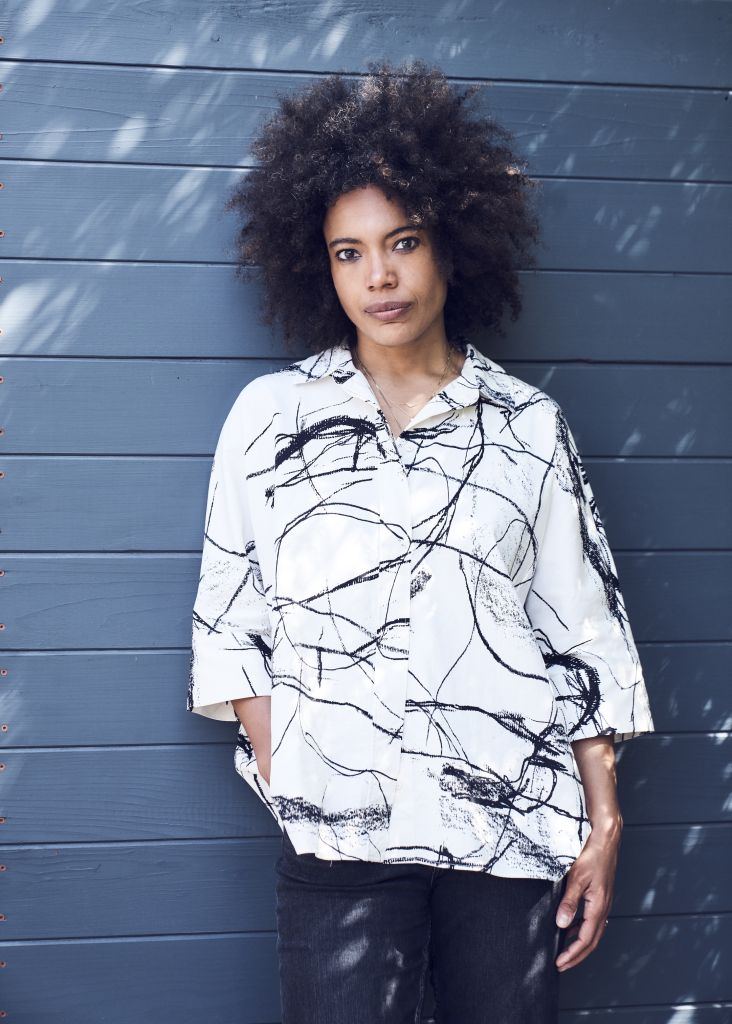Studio Output on four-day weeks and why design graduates need more confidence
Celebrating its 20th birthday next year, east London-based Studio Output has evolved over the decades into an agency renowned for its digital-focused brand-building across purpose-led organisations and future-facing companies alike.
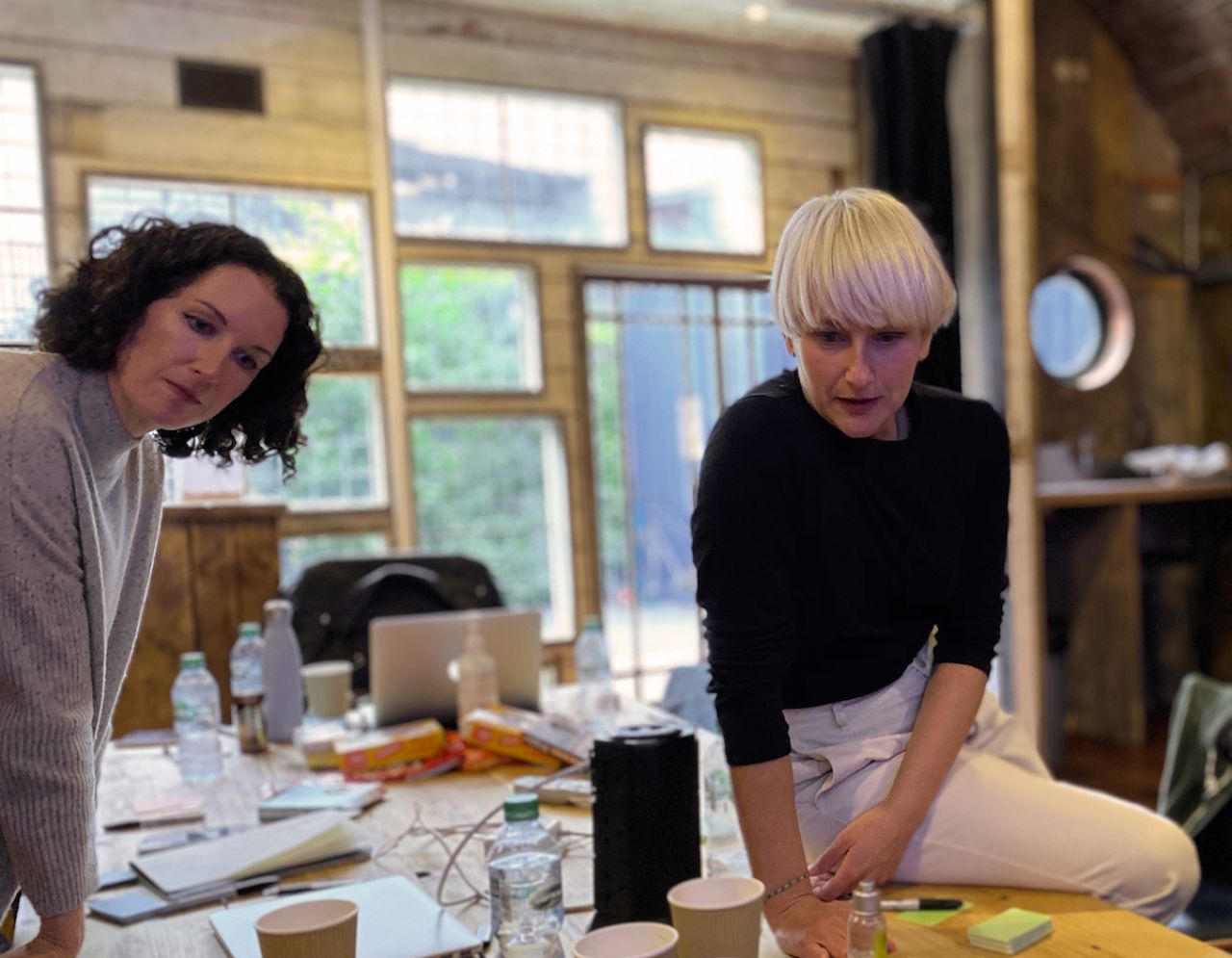
Gemma Ballinger and Johanna Drewe
In 2020, in the thick of the pandemic, the studio announced that two new partners and shareholders would take over running the business: managing director Gemma Ballinger and creative director Johanna Drewe. Both have been at the studio for a while - Ballinger since 2005; Drewe since 2010 - and they took over from founding partners Dan Moore and Rob Coke.
Over the years, Studio Output has worked with an impressive and diverse selection of organisations, with recent projects including new branding for audio streaming platform Mixcloud. The rebrand came about as Mixcloud celebrated its 10th birthday, and Studio Output's new identity featured a 'connector' device and a bespoke typeface produced with Pangram Pangram.
Output has also worked with suicide prevention charity CALM (The Campaign Against Living Miserably) on the next iteration of the brand; online tutoring business, Tutorful, for which it created a new visual identity system and developed illustrations to add fun and warmth.
We spoke to Ballinger and Drewe about the challenges of taking over a studio during lockdown, how the design industry has changed over the past decade and more.
What's been the biggest change in your roles since taking over as partners?
Ballinger: We went from one day knowing our role to the next day sitting in exactly the same place, thinking, 'Okay, so I'm now meant to be doing something different – should I put on a power suit?' For me, the change is getting out of client relationships a bit more, whereas, in my previous role, I was on a lot of the calls. One of the biggest changes is all the financials. Although I was looking at what was coming in before, I wasn't looking at what was going out – the scary bit! Also, I was only dealing with some of the new business before, but now everything comes through me. That's exciting when there are lots of opportunities but also quite a shift.
Drewe: We've been doing this for a year, but next year will see a bigger change for my day-to-day role. Like many agencies in lockdown, we had to put a few people on furlough, so at times we had a smaller creative team, and I had to get back "on the tools". Now we've regained the structure and support around me and made some great hires. I'll have more time for the business.
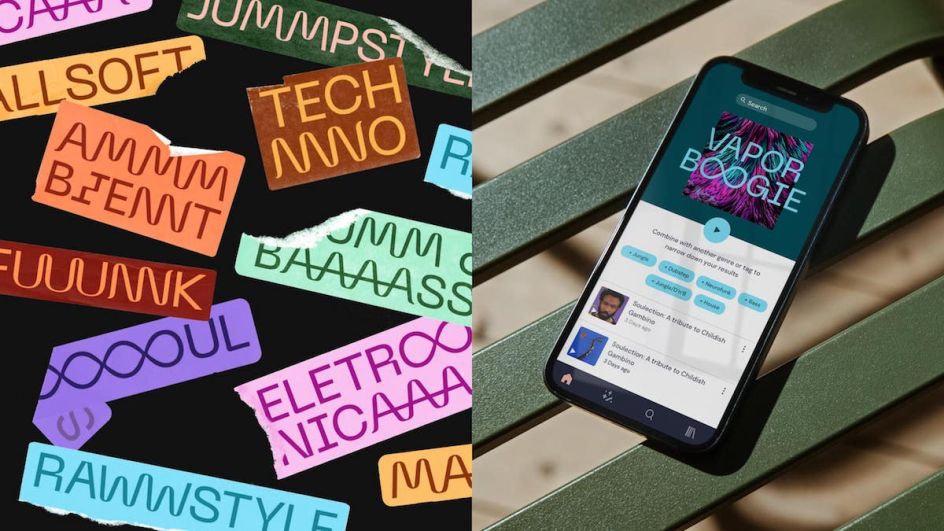
Studio Output, Mixcloud branding
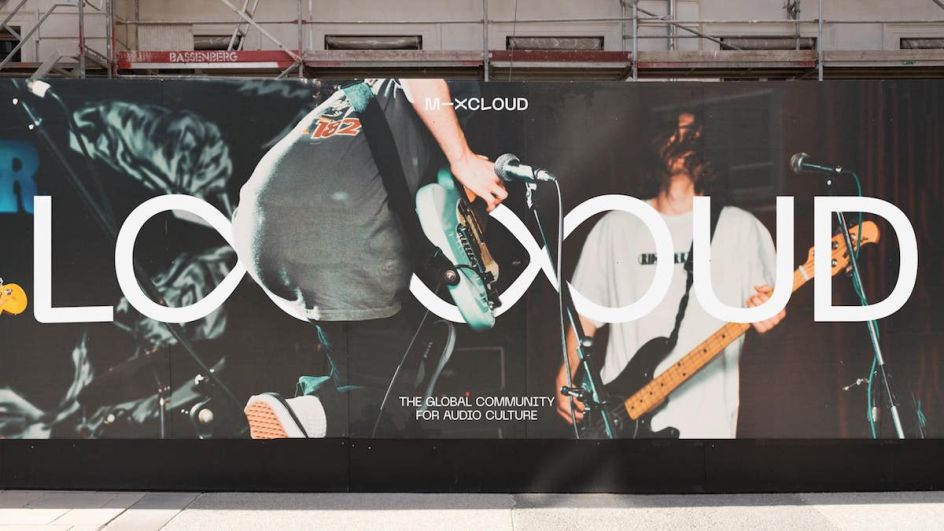
Studio Output, Mixcloud branding
Can you briefly walk us through your day-to-day?
Ballinger: I have a lot of catch-ups. There's a lot of new business, particularly at the minute, so I'm having calls, thinking about what we're doing for the next stage of a proposal and checking in with clients. I think about the bigger 'roadmap' stuff, too. But I'm always looking at the pipeline, and looking at the opportunities and asking, "Can we do it?"
Drewe: From a creative point of view, I'm checking in with the different teams, individual designers and strategists to see how projects are progressing and the vision for future sprints. Depending on the scale of the project, my involvement differs, but I'm there to make sure we're pushing the brief to create the best brand, experience and toolkit our client needs.
My team grows and shrinks with projects, so there's a constant need to source talent for busy periods or specific skill sets if we need more bandwidth. I have regular planning sessions with our head of production to organise the studio workflow and plan future projects and pitches. I'm often asked for an opinion on specific topics, whether through a talk or contribution to an article, and those have to fit in around projects.
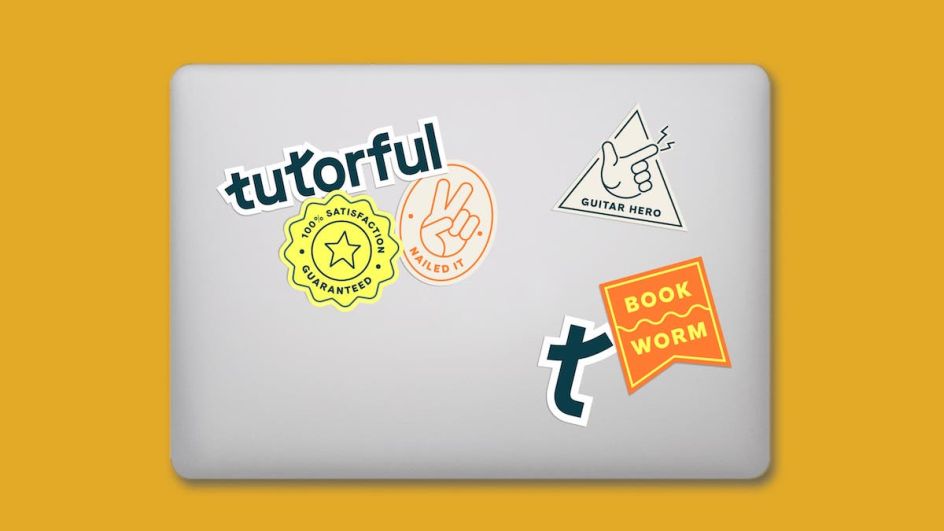
Studio Output, Tutorful branding

Studio Output, Tutorful branding
Has the studio changed the way it's operated post-Covid?
Drewe: Generally, we work from home on Monday and Friday. We're in a new studio, so there's a bit of figuring out to do, but on Thursdays, we try to all be in together to catch up and do something as a full team at the end of the day. Some weeks we're in for three days, others it's less. It's important that people can choose what works for them and plan meetings, collaborative work or even silence. I hope to use the time in the studio to do mini-sprints on specific challenges and work collaboratively across the entire Output team for those days.
Another change we introduced is starting a little later on Mondays – they seem to be such a struggle, especially in the winter. And when we were just getting up and moving to the lounge or making the bed and sitting at a computer, it felt even more depressing. On Fridays, the aim is to finish earlier – we recognised people were doing longer hours through the week, and if client work and deadlines are met, there's no reason to still be sitting at your desk on a Friday.
Our work is deadline-focused. It's getting the creative ready for reviews or delivery. We started to have fewer client meetings on a Friday and were working towards Thursday for finishing a sprint. People said they enjoyed the fact there were no meetings on a Friday. They could get their heads down and get through tasks. It makes quite a difference if we keep that time free, and that's evolved into this.
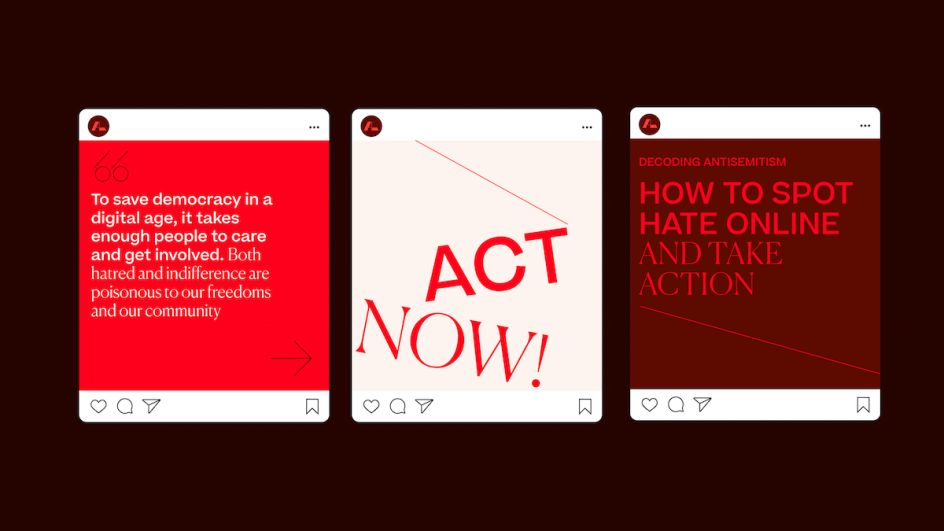
Studio Output, Alfred Landecker Foundation branding
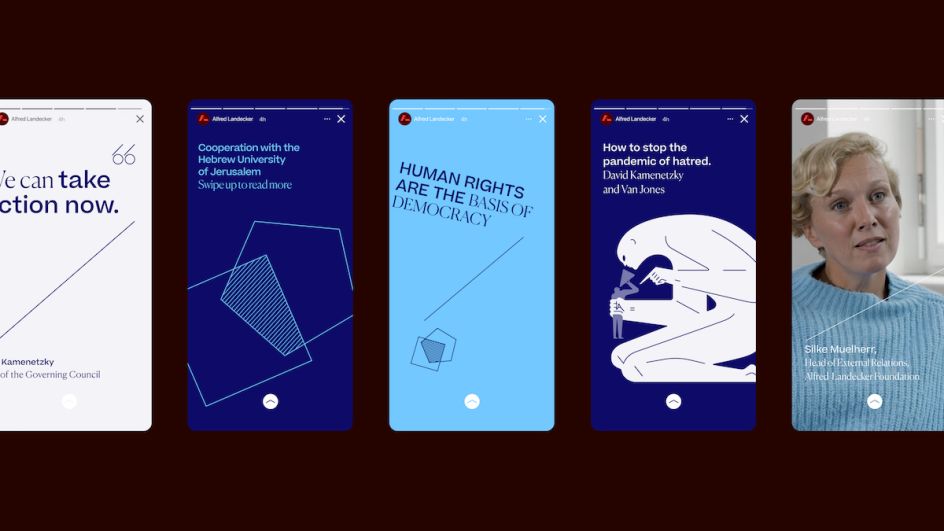
Studio Output, Alfred Landecker Foundation branding
The longer-term ambition is to actually move to a four-day week. That would be an amazing thing to achieve, and we're halfway there.
I guess you do quite a lot of soul searching when you're sitting on your own, working away, 'What am I doing this for?' When we took over the business, a massive movement at the time was Black Lives Matter. Through talking about that, it became clear how important diverse, ethical, sustainable and mission-led brands were important to the team – far more than we'd previously realised. It helped shape our mission and, by asking the team what they wanted to work on and be part of as a studio, everyone has contributed to this direction for Output.
Ballinger: In terms of projects, it seems like it's become clearer during this time. I don't know whether it was completely focused at first that these were the sort of clients we want to go for, but winning clients like CALM and Alfred Landecker that have more of a mission and vision for what they want to achieve has led us to get more of that work. So it solidifies it rather than it being really conscious at the start. It feels like things have fallen into place as soon as you speak to someone, realising they're a good fit. And people resonate with us, saying these are the kind of clients we want to work with. They say, "Yeah, that's us!"
We still want to do our thought pieces, studio projects, other things like that, but the team is also getting more of a sense of purpose from the client work itself.
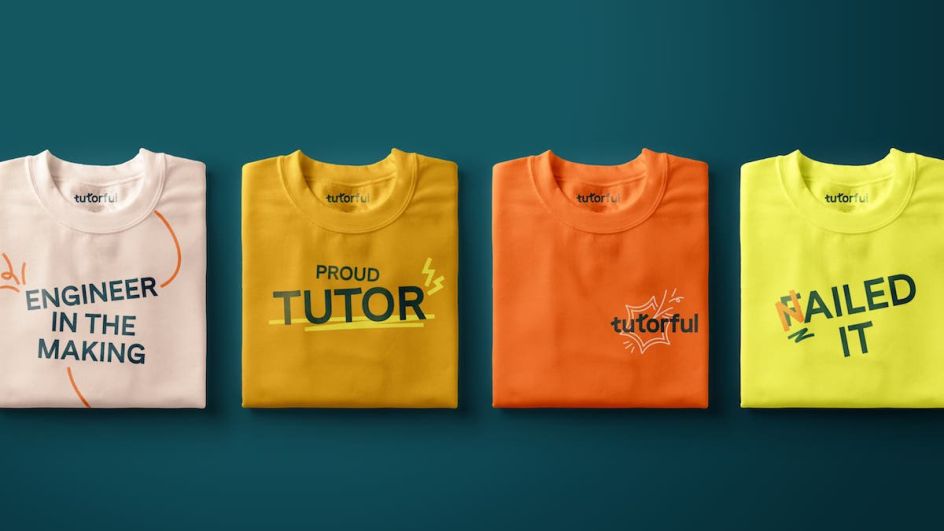
Studio Output, Tutorful branding

Studio Output, Tutorful branding
What are the biggest things the pandemic has taught you?
Ballinger: Functionally, it's that you don't need people sitting together for five days a week to do great work. We did some of our best work while sitting at home, even if it wasn't ideal for everyone. We built really good relationships with our clients and did projects where we never even met them. It's not just about us being together. As we're doing it now, the ultimate way is how to get the best of both worlds. It's not about presenteeism and feeling like people are only working if they're sitting there in front of you. We totally trust people. We don't need to watch their every move to know they're doing things.
You don't realise what other people's experiences are when you're all just sitting on your own. I could feel like I'm speaking to people all the time because I'd be having calls, whereas someone else might be literally sitting on their own all day, feeling quite lonely. So I had to remember that everyone was experiencing it differently from if we were all in the studio together.
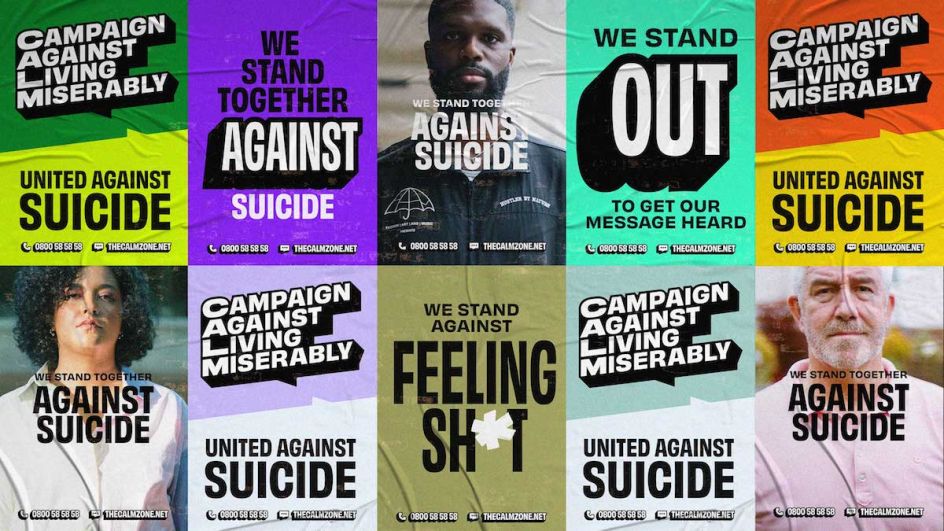
Studio Output, CALM branding
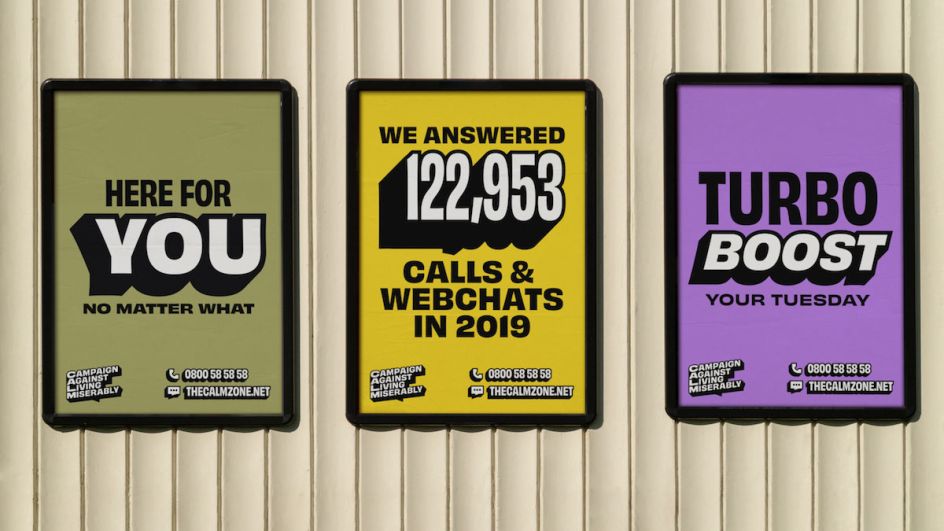
Studio Output, CALM branding
Drewe: I'd say our awareness of ourselves and what we need, and awareness of each other too. Pre-pandemic, we were just coming into the studio with no other options. Feeling great, feeling down, a bit under the weather or super-motivated resulted in working in the studio. Covid allowed us to interrogate that and put ourselves and our needs first, and be much more considerate of other people's needs too.
"Come into the office," has become, "Where's the best place to be working from today for me?" My motivation at the minute for working in my house is low. I came here yesterday to work on my own in the studio and enjoyed my day. I can recognise that in myself and adjust it. I don't think I would have been so in-tune with myself before.
I would argue we've done our best work, and we've made hires during that time. That's a learning curve as well. I struggled with our first hire in lockdown. How someone presents themselves, the type of handshake, the clothes, the way they arrange themselves to present to me, all tell me more about them.
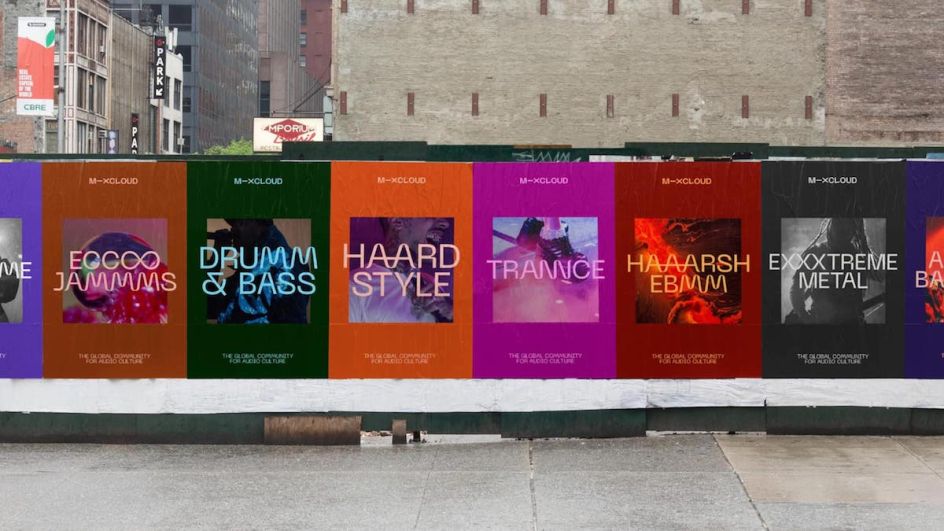
Studio Output, Mixcloud branding
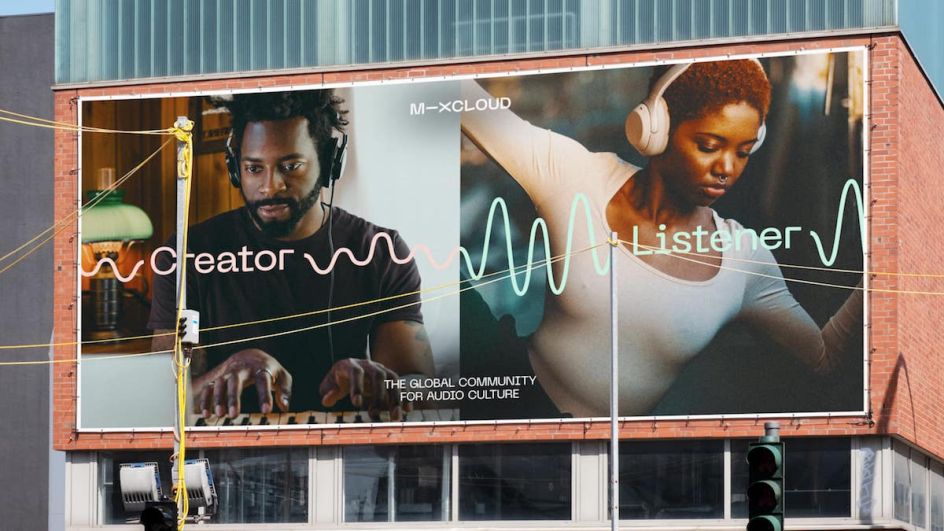
Studio Output, Mixcloud branding
What sort of clients do you enjoy working with most?
Ballinger: I think it's the ones who are fully committed and are super-passionate about what they do. Whether that's someone like Cuckoo, where you know they're quite a new team and are so excited about the product they're developing. They're always sharing things in the Slack channel. It's not just a one-way thing. I'm not so close to it now, but when you get their feedback on work, and they absolutely love it, you know this is coming from people that really know our world as well. So that's exciting.
Drewe: It's people that inspire us as much as we inspire them. Working with CALM, everyone leaves each meeting with huge respect for their attitude, knowledge and passion for change. We want to constantly raise the bar of the creativity and tools we give them to reach more people, not just to achieve their mission but completely smash through it.
What are the biggest changes you've seen at Output over the past decade or so?
Ballinger: The focus was on print to start with: hospitality clients, club flyers, branding and interior graphics for bars and restaurants – all the things I was interested in and had seen around Nottingham. We might have done a website off the back of it, but that really wasn't the focus for quite a long time. Then digital became more of a focus, the clients started to change, and it kept growing. At one point, it was Nottingham, London, Beijing, looking at New York, involved with Glug, acquiring Found. It went to that, and now we're just Output again – it's more focused, and it's in one place. I think we were known for our 'youthful' work in the past, and now we're known for great work for all types of audiences.
What about the biggest changes in the design industry more widely?
Drewe: There's a sense that people want to know what a brand stands for more than they ever did. That's made the way a brand speaks and is experienced more important. We've also seen a lot of people catching up since Covid because their digital "shop window" wasn't up to scratch before. The biggest change in how we're working is a cloud-based software. Being able to collaborate on one document has made the way we work together much more open.
What's the key to a successful working partnership?
Ballinger: I think it's that we know what each other's good at. We're both very aware of our roles and strengths, so I don't get involved in many creative decisions, and Jo leaves me to report back on the financials! We trust each other and the rest of the team to lead their areas of the business. With the website, I'm not there going, "Change this, change that," and look at it from a client perspective. We work together to make decisions, and what's been great is we're on the same page about the team and the work we want to do, even though we've got different ways of approaching things.
Drewe: It's mutual respect. We look after different sides of the business and trust each other to do the best job. I have no desire to do Gemma's role, nor her mine. When we discuss wider business and team challenges, we both bring our own opinions and perspectives to the table, and that's really valuable. There's an openness in the way we work together, and we extend that to the wider Output team too, so everyone knows what's going on and why.
So much of the job is how someone sells you the idea of the work they've done. I'm impressed by someone who can talk about their work and believe in what they're doing, even if they have a lot to learn.
What do you think are the most important things design students need to learn at university?
Ballinger: I think confidence because, with the mentoring I've done, many people don't have much confidence in their ability, even if their work is great. Obviously, that comes with time, but so much of the job is how someone sells you the idea of the work they've done. I'm impressed by someone who can talk about their work and believe in what they're doing, even if they have a lot to learn.
Drewe: Firstly, I'd say they don't have to go to university, as there are many different paths into the creative industries. And, in any of those, what's important is learning and experiencing as much as you can. Don't limit yourself to a specific discipline or micro-discipline. Allow yourself to learn everything and anything, and concentrate on the ideas and concepts, not the tools.
Don't obsess over a fixed endpoint. Just because you start down one path doesn't mean you need to continue if it's not for you. You aren't stuck! I always knew I wanted to be a creative director, but a creative director of what, where, for which type of creative work? So equip yourself with as many skills as you can to adapt to that.
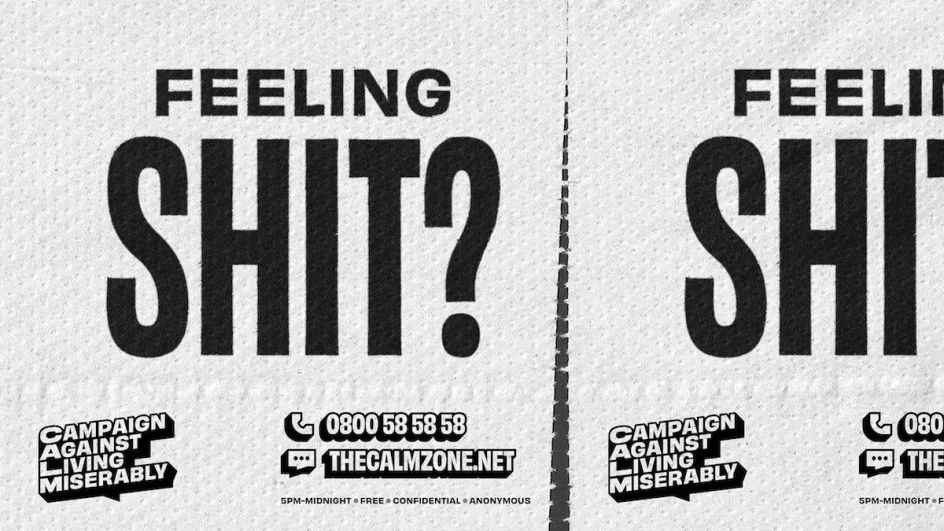
Studio Output, CALM branding
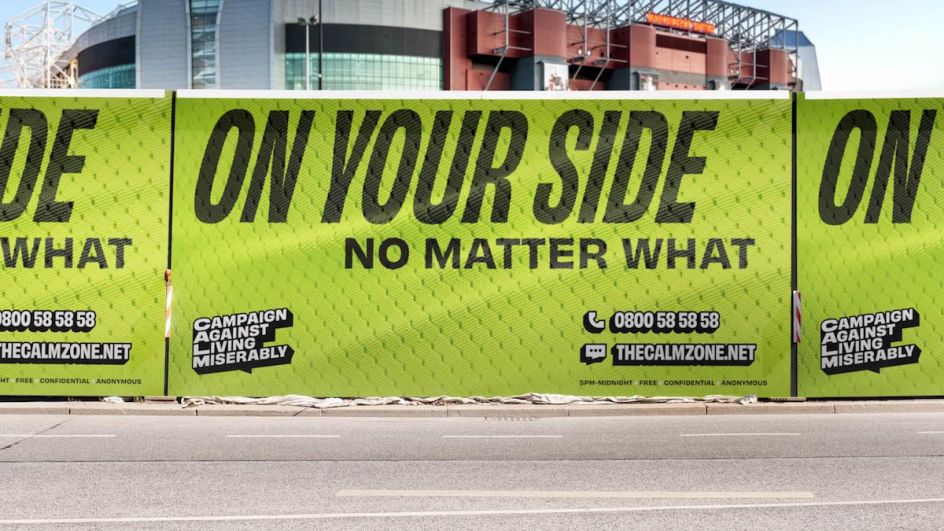
Studio Output, CALM branding
What do you look for when hiring junior team members? What can emerging designers do to stand out?
Drewe: With juniors, you're presented with a portfolio that's either university work or you're trying to work out their role in the projects you're seeing. Idea generation, concepts, research, and experimentation are more valuable at the junior level than seeing a finished visual where I have to work out the designer's exact contribution to it.
As a junior member, they're probably one of a team, depending on the size of the studio, and I find myself asking, "What was your role there? Did you pick that? Did you choose the colours? Did you do those illustrations?" You ask a million questions all the way through to get to the crux of it: "Okay, so you were a member of the team, but you didn't actually make any of the things you've just shown me". It's good to see where you end up, but the focus should be less on the final thing that was made and more on the stuff you actually did, even if it didn't get chosen. Then we've got something to talk about.
Your own projects, experimentation and passions are also really interesting – I get to see the real you and your interests, as well as the creativity that you can fully own.
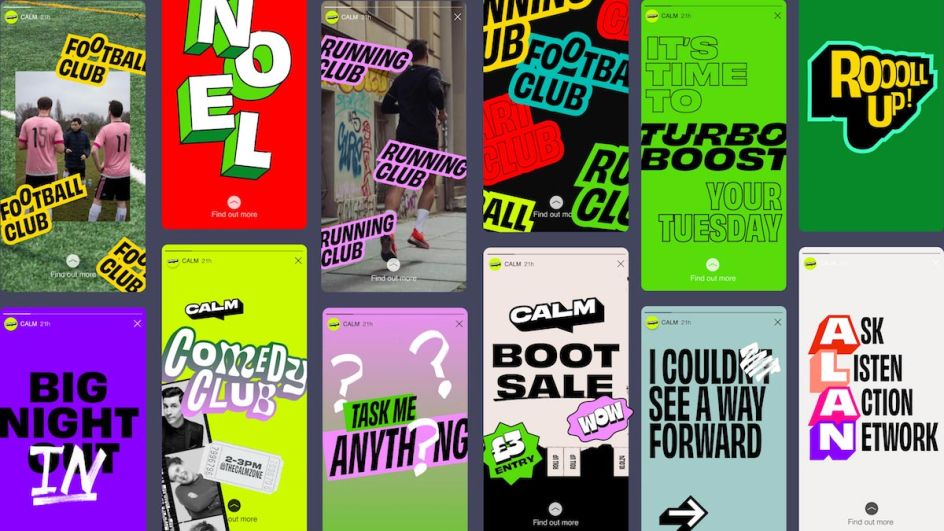
Studio Output, CALM branding
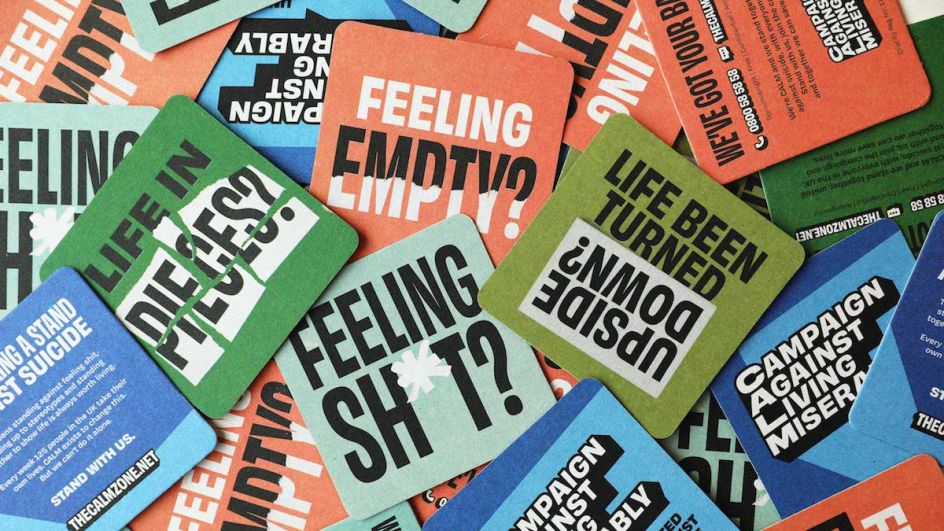
Studio Output, CALM branding
Can you briefly walk me through the CALM project?
Drewe: They're a fantastic organisation on a mission to unite the UK against suicide and desperately wanted to avoid looking at all corporate. It's more like a magazine because the content they create always needs to feel new.
The brand has to do many things, from support to activism, but it needs to always feel like CALM. We knew it should be a natural evolution – the next iteration of a much-loved brand rather than something completely new.
So we revisited the speech bubble logo and used an extruded text style to define the graphic language beyond it – the helpline number, website URL and framing devices. You don't even need to see the logo to know it's CALM. That structure gives freedom for the brand to flex to lots of different touchpoints – from bringing people together to fight for change to helping someone in crisis – all in the same brand.
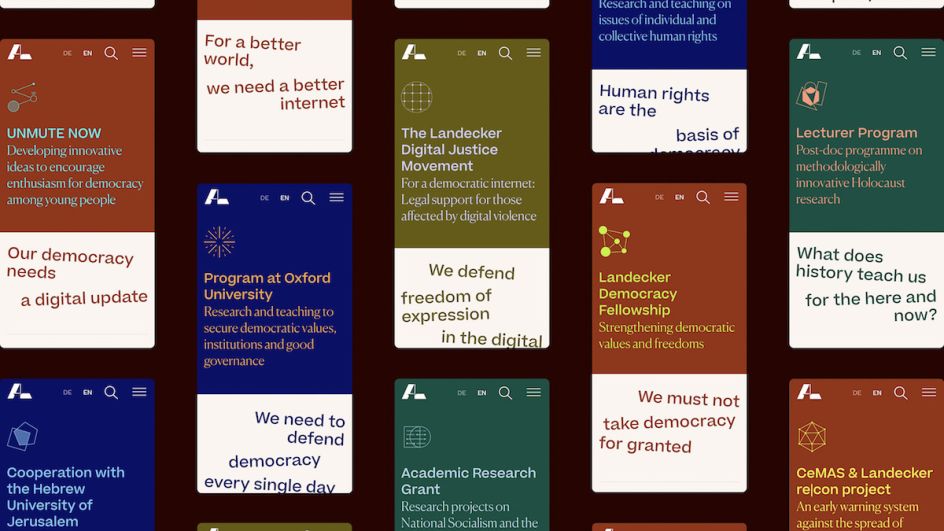
Studio Output, Alfred Landecker Foundation branding
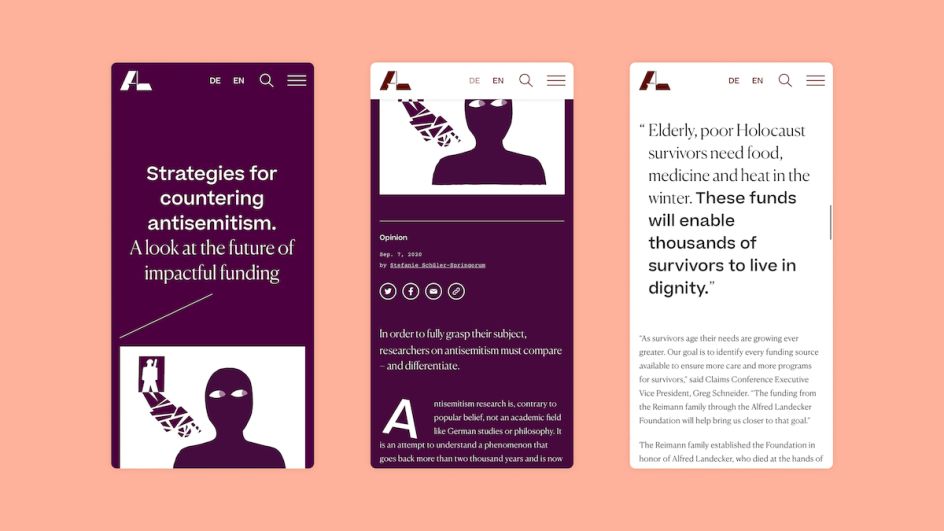
Studio Output, Alfred Landecker Foundation branding
What are your aims for Output in 2022?
Ballinger: Just doing more brilliant work. I think we're clear now about what we're best at and the type of clients we want to work with. They know their mission, but they're not where they want to be because they don't know how to express it. It's about finding more of those. A lot are coming to us because they're seeing the work for other clients and know we can do a great job for them. It's nice to be an agency where people say, "I've followed you for a long time, and I love the work you're doing".
Drewe: I'd like to continue to raise the level of the creative we're putting out. We've made a step in the right direction this year, but it's still a long way off. You start to see who you're being compared to when you pitch. I'm happy with where we are and what we've achieved over the last year, but I have bold ambitions for our future. So, we'll continue to raise the bar and grow the team, so we have the designers to facilitate the ambition.
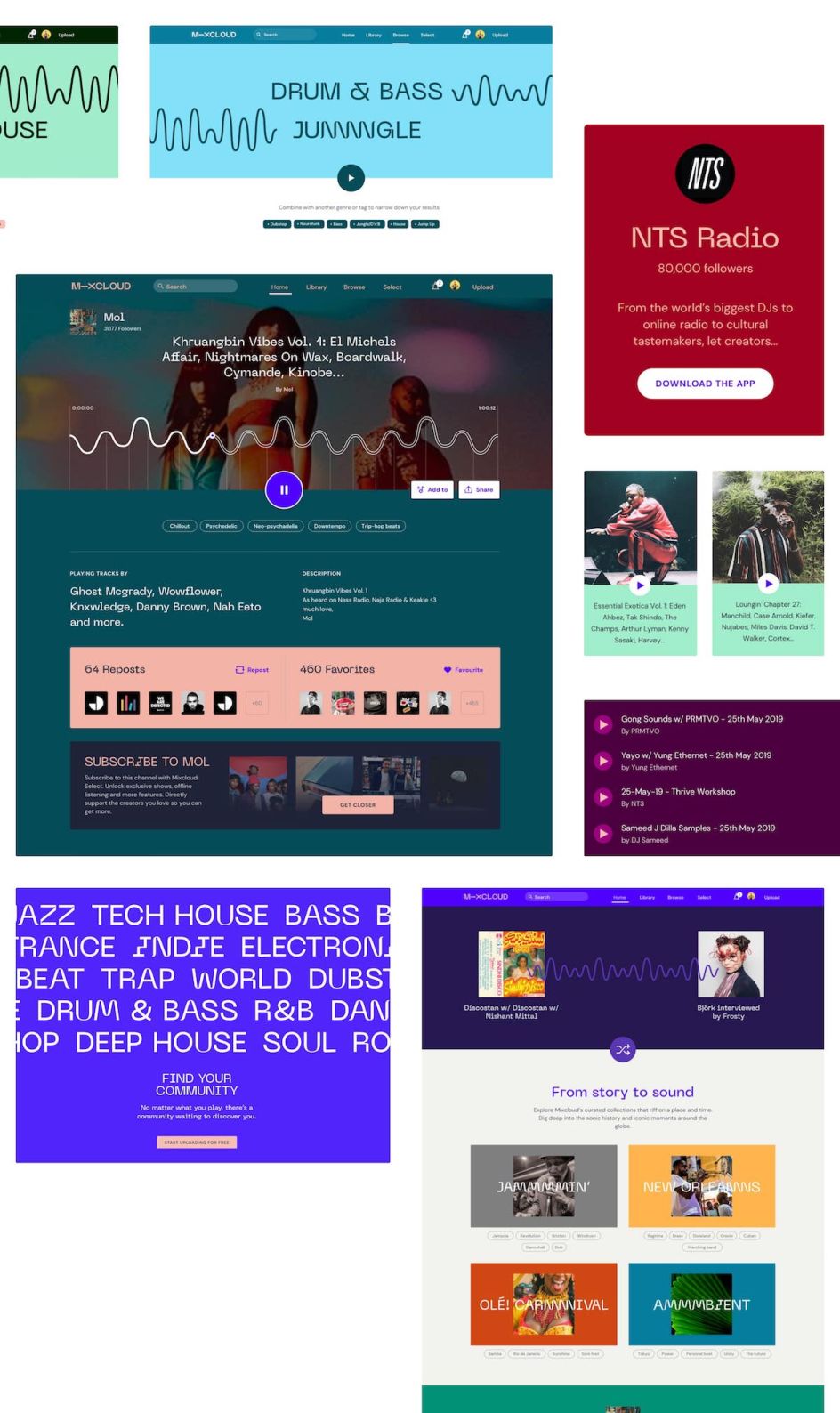
Studio Output, Mixcloud branding
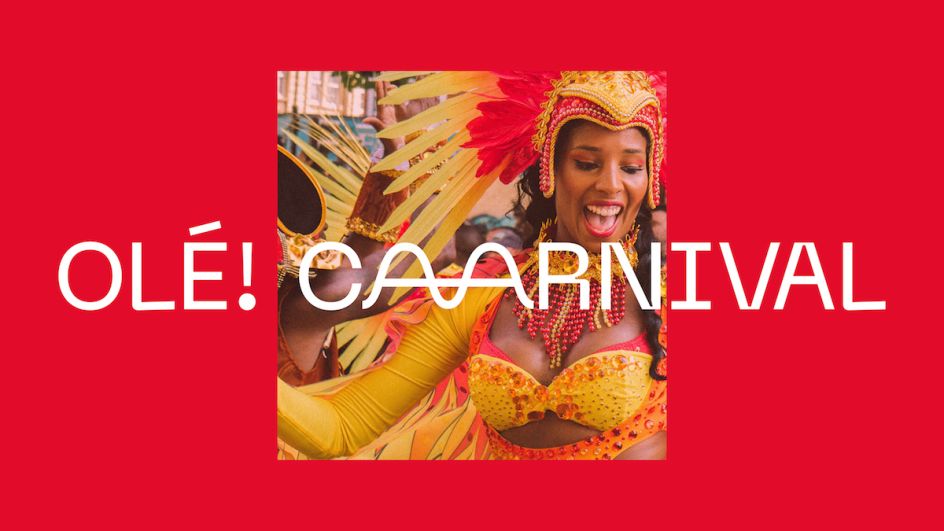
Studio Output, Mixcloud branding
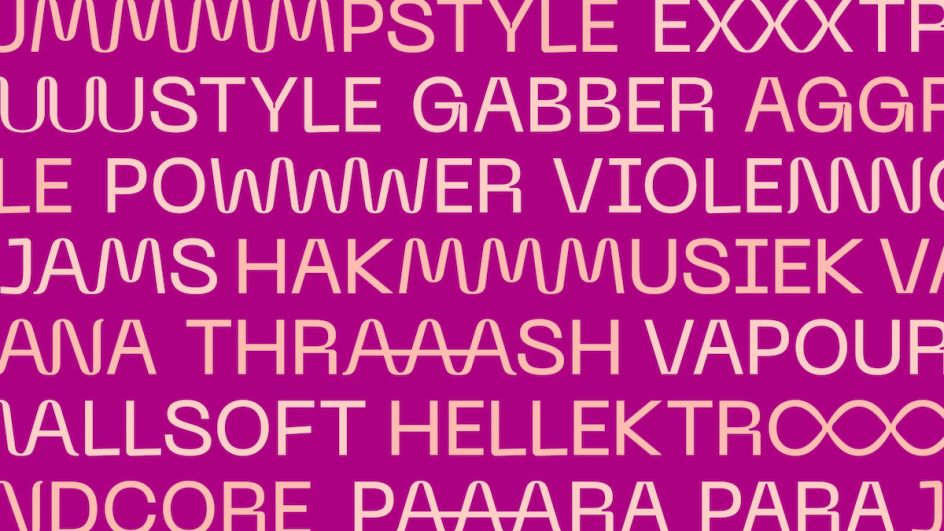
Studio Output, Mixcloud branding
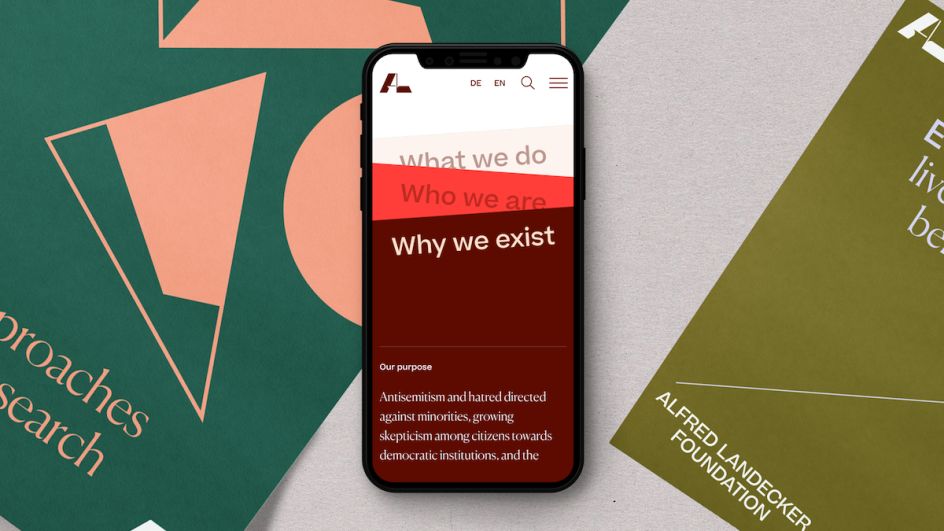
Studio Output, Alfred Landecker Foundation branding

















